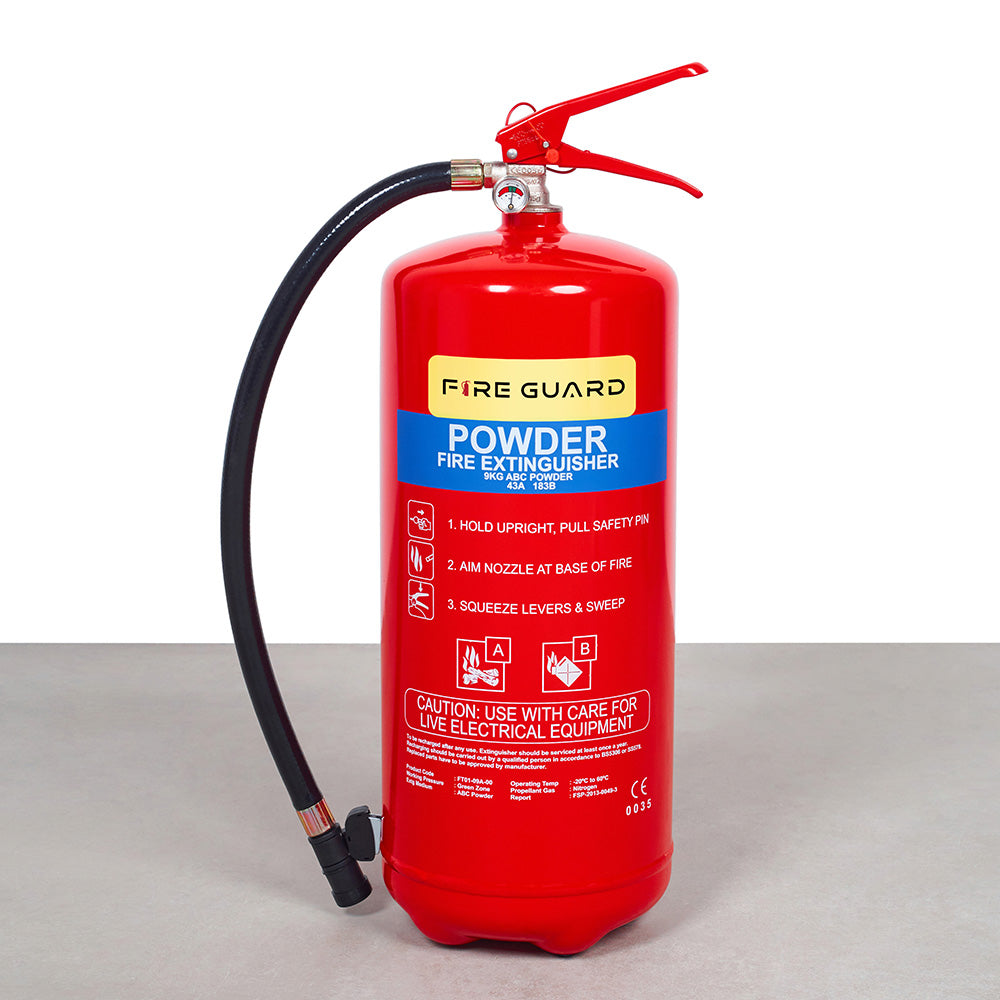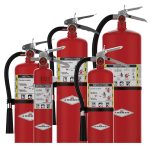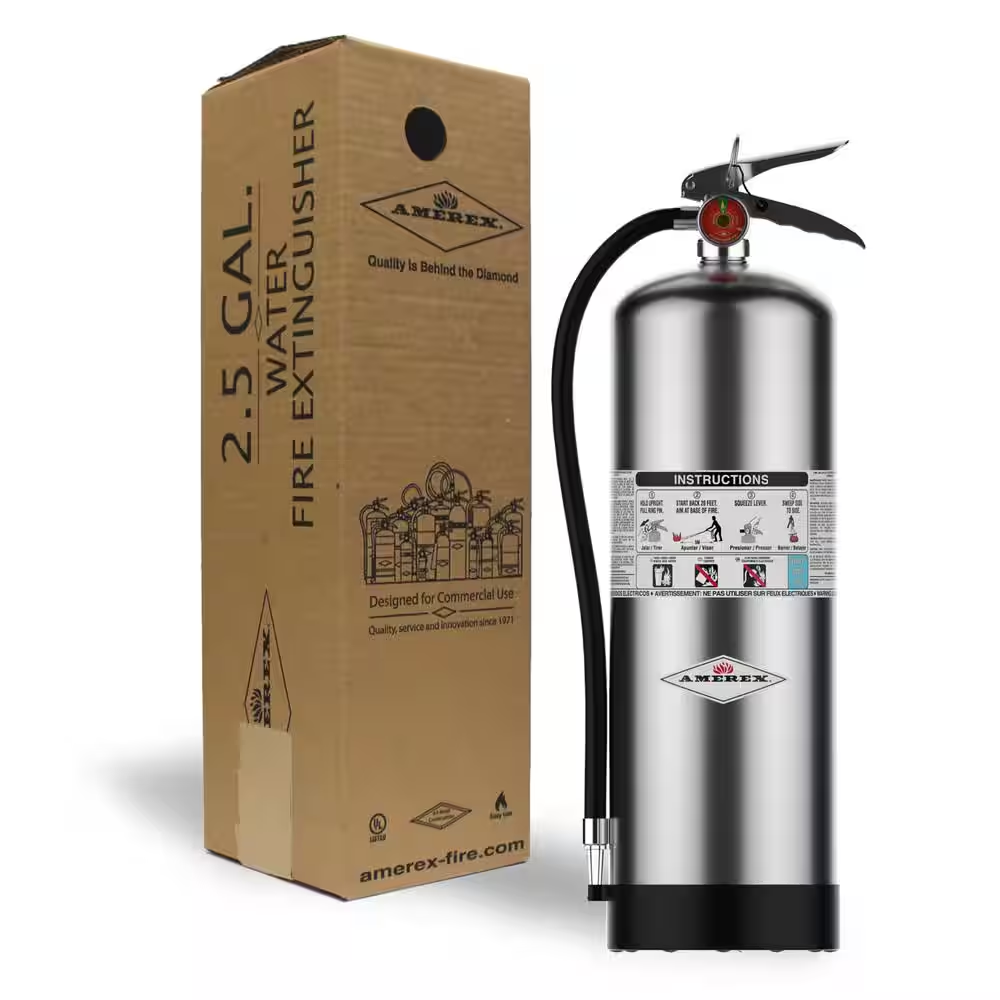Fire safety is a critical aspect of any building, whether residential, commercial, or industrial. The National Fire Protection Association (NFPA) outlines guidelines for fire extinguisher placement under NFPA 10, which aims to ensure that extinguishers are accessible and effective in case of a fire. Proper placement of fire extinguishers can mean the difference between a small controlable fire and a significant disaster. This article explores key factors outlined by NFPA 10 fire extinguisher placement, helping you create a safer environment for all occupants.
Understanding NFPA 10 Guidelines
Overview of NFPA 10
NFPA 10 provides comprehensive guidelines for the selection, installation, and maintenance of fire extinguishers. Understanding the context of these guidelines can help you appreciate the importance of proper placement. Fire safety is vital to protecting lives and property, and fire extinguishers play a crucial role in emergency response. By adhering to NFPA 10, organizations can enhance emergency preparedness and minimize risks.
Importance of Compliance
Compliance with NFPA 10 not only promotes safety but can also avoid potential legal complications. Not adhering to these guidelines may lead to increased liability in the event of a fire incident. For businesses, non-compliance can result in fines and prosecution. By ensuring that fire extinguishers are placed according to NFPA 10 specifications, you create a safer environment that meets legal obligations and improves overall fire preparedness.
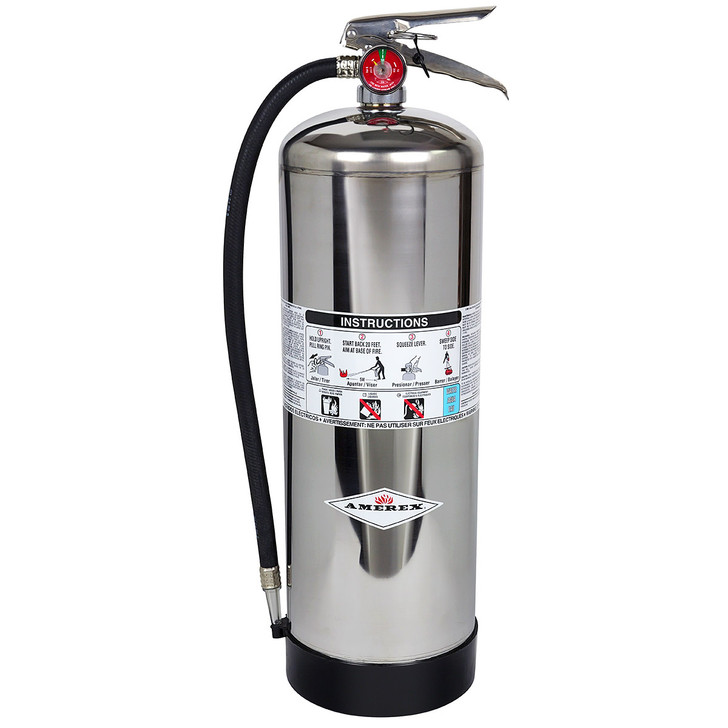
Location Considerations
Accessibility is Key
One of the fundamental factors in fire extinguisher placement is accessibility. NFPA 10 specifies that extinguishers should be easily accessible to all building occupants. Ideally, they should be located no more than 75 feet from any point within a building. This distance helps ensure that individuals can quickly reach the extinguisher if a fire breaks out, significantly reducing response time.
Visibility and Signage
Not only should extinguishers be accessible, but they should also be clearly visible. Locations should avoid potential obstructions like equipment, furniture, or decorative elements. Furthermore, appropriate signage indicating fire extinguisher locations increases visibility, helping occupants locate them in an emergency. This dual focus on accessibility and visibility is a critical factor in effective fire safety planning.
Height Recommendations
Optimal Mounting Heights
NFPA 10 provides specific recommendations on how high fire extinguishers should be mounted. For extinguishers weighing less than 40 pounds, the top of the unit should not exceed 5 feet from the floor. For heavier extinguishers (over 40 pounds), the top should not exceed 3.5 feet. Adhering to these height guidelines ensures that everyone can easily reach the extinguishers, including children and those with disabilities.
Special Considerations for Disabilities
Creating a fire-ready environment means also accommodating individuals with disabilities. For example, consider installing extinguishers at lower heights in areas frequented by wheelchair users. Accessibility features not only promote compliance with regulations but also foster an inclusive environment that prioritizes the safety of all occupants.
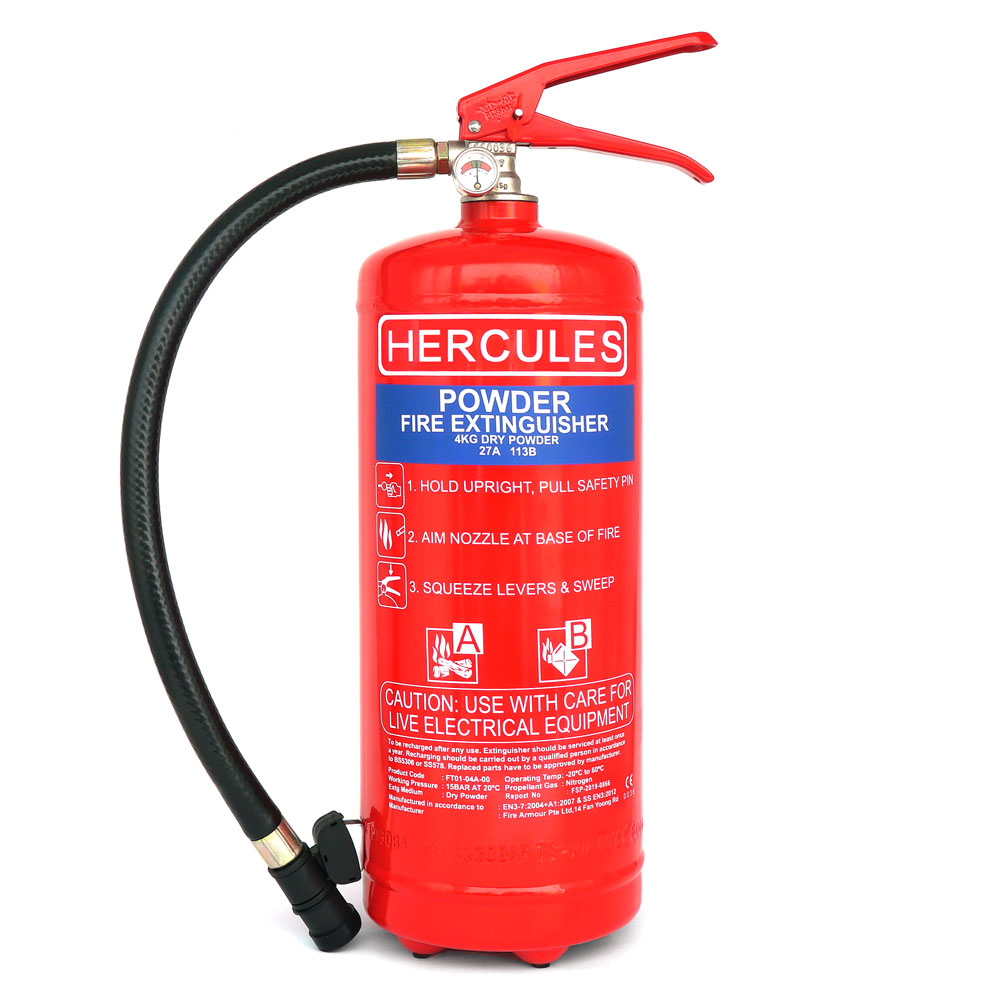
Placement in Different Building Types
Commercial and Industrial Spaces
NFPA 10’s guidelines vary depending on whether you’re dealing with commercial, industrial, or residential properties. In commercial settings, extinguishers should be placed in conspicuous locations, often near exits and potential fire hazards such as kitchens or storage areas. In industrial environments, the types of extinguishers also depend on the specific risks present, such as flammable liquids or electrical equipment. Thus, the placement should consider the fire risks unique to each environment.
Residential Considerations
In residential settings, fire extinguishers should be located in commonly used areas such as kitchens, garages, and near sleeping areas. Ideally, one extinguisher should be easily accessible on each level of the home. These placements ensure that immediate access is available when needed, particularly in the most commonly encountered fire scenarios like cooking fires or electrical issues.
Fire Protection Classes and Extinguisher Types
Understanding Fire Classes
Different types of fires require specific types of extinguishers. NFPA categorizes fires into various classes based on the materials involved: Class A (ordinary combustibles), Class B (flammable liquids), Class C (electrical), Class D (flammable metals), and Class K (cooking oils and fats). Knowing which class of fire you are most likely to face can significantly influence your decision on which type of extinguisher to place and where.
Selecting the Right Extinguisher
When placing extinguishers, it’s essential to match the extinguisher type to the anticipated fire hazards in that area. For instance, kitchens should have Class K extinguishers due to the higher risk of grease fires, while general storage areas may need Class A extinguishers. Understanding fire protection classes can guide effective placement and selection, ensuring you are prepared for various emergency scenarios.
Maintenance and Inspections
Regular Maintenance
Even the best-placed extinguishers won’t be effective if they are not properly maintained. NFPA 10 mandates that fire extinguishers be inspected monthly to ensure they are charged and functional. Regular maintenance not only ensures that the extinguishers will work when needed but also fosters a culture of safety among building occupants. A comprehensive maintenance plan should clearly outline responsibilities, including who will perform checks and when.
Record Keeping and Accountability
Keeping detailed records of inspections and maintenance is essential for compliance and accountability. Documentation should include dates of inspections, any servicing performed, and the names of responsible individuals. This enables you to identify trends and address issues before they become concerning. Proper maintenance and record-keeping not only improve safety but also demonstrate compliance with NFPA 10 regulations.
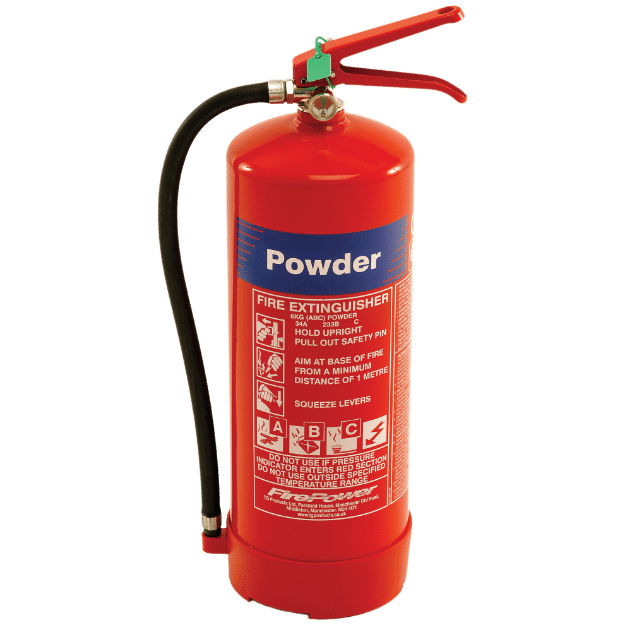
Training and Awareness
Educating Building Occupants
Training staff or family members on the location and use of fire extinguishers is paramount. Even with proper placement, if occupants don’t know how to use them, their effectiveness diminishes dramatically. Conducting regular training sessions can ensure that everyone feels comfortable operating fire extinguishers in case of an emergency.
Simulations and Drills
Practicing through fire drills and simulations reinforces knowledge and skills. These exercises provide hands-on experience that can prepare occupants for real-world scenarios. Moreover, they foster a culture of safety, reminding everyone that fire safety extends beyond extinguishers to exit routes, alarm systems, and overall emergency preparedness.
Adapting to Unique Environments
Specialty Environments and Their Challenges
Different environments come with specific challenges that must be addressed when considering fire extinguisher placement. For example, facilities like laboratories, manufacturing plants, and healthcare settings often deal with unique fire hazards. Laboratories may have chemicals that pose various risks, necessitating specialized extinguishers, such as Class B extinguishers for flammable liquids or Class D extinguishers for reactive metals. In healthcare settings, ensuring that extinguishers are readily accessible to both staff and visitors can help mitigate risks associated with electrical equipment and medical gases.
Custom Solutions for Unique Needs
To optimize safety, it’s critical to assess the specific conditions and requirements of each unique environment. Conducting a thorough risk assessment can help identify potential fire hazards and ascertain the appropriate type and number of extinguishers needed. Collaborating with safety professionals can result in custom solutions tailored to mitigate risks specific to industry needs. This forward-thinking approach not only complies with NFPA 10 guidelines but also cultivates a proactive safety culture within the organization, ensuring that all occupants are well-protected.
Conclusion
Optimizing fire extinguisher placement according to NFPA 10 guidelines is essential for ensuring safety in any environment. Key factors such as accessibility, visibility, placement relative to fire risks, and the types of extinguishers greatly contribute to effective fire protection. Regular maintenance and occupant training further enhance the overall fire safety strategy. By adopting a comprehensive approach that incorporates these factors, you can significantly improve the safety and preparedness of your building, ensuring that occupants are well-equipped to handle emergencies. Prioritizing fire safety not only protects lives and property but cultivates a culture of awareness that benefits everyone involved.
